Spring continues to roll on here in Calgary, and with it comes the usual unpredictable weather. The past three weekends has seen it be sunny, snowing and raining and various bits in between, however the birds continue to migrate northwards as best they can under the conditions. Likewise, I also endeavour to photograph these birds as best I can under the conditions!
Good places to check out migrating waterfowl are stormwater ponds and you never know what you might find. At this particular pond, there were a couple of paired up Common Goldeneyes as well as a pair of Buffleheads, with being quite wary and the latter particularly so.
For duck shots, I like generally like to shoot at ground level lying flat on my belly so as to get a ‘duck’s eye view’ of the world, as well as a nice out-of-focus background to isolate the subject bird in the picture. I try to pick a spot that has a wide field of view so I can pan with a moving subject without fear of tall grass blades or bulrushes getting in the way! I also take a garbage bag with me to use as a makeshift ground mat to keep me dry, that also easily folds away into my pocket. Then it’s just a matter of waiting for the birds to get back into their routine. The main downside of this shooting position is the strain on your neck, so be warned!
If there is little wind and the water is fairly still, I’m happy to shoot from a kneeling or standing position so as to get some nice water reflections.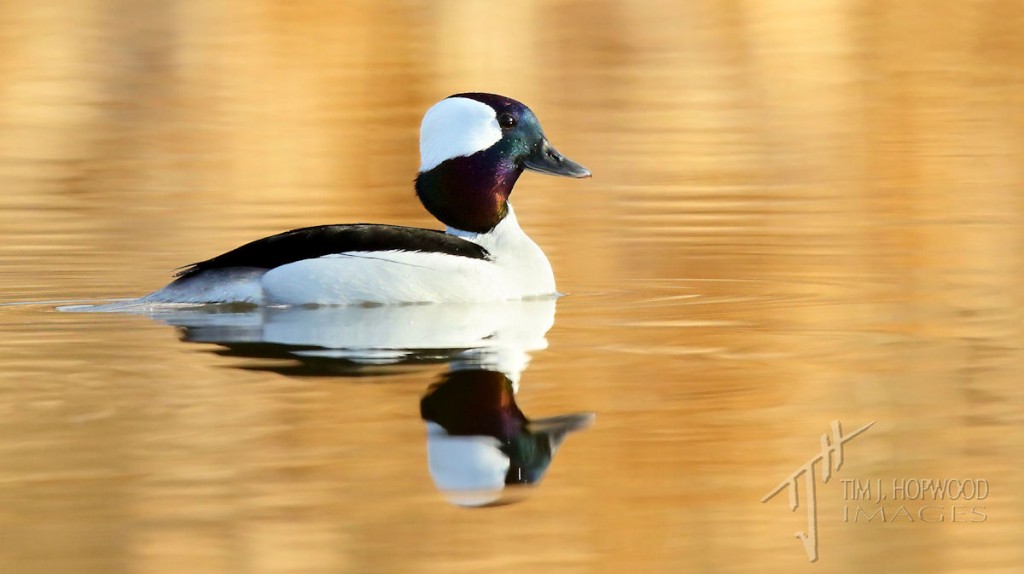
On a drive east of Calgary, I ran into a bevy of Rough-legged Hawks migrating in groups to the far north. At one point, there were no less than six hawks in one tree, and at least a dozen in my field of view! I typically find these raptors to much more flighty than the more common Swainson’s and Red-tailed Hawks, so I was pretty happy when one RLH kindly alighted next to the road and let me take some nice close-up portraits from my driver’s side window. Given I was so close, it was important to remember to stop-down on my f-stop (I went from f5.6 to f9) to increase the depth-of-field so that the whole head remained sharp.
As you can see, the light had been fairly decent those weekends but that all changed the following weekend when it snowed all weekend! Following reports of a potential migrant fall-out I headed out to some local parks to see what was about and treated to a number of birds that seemed way-laid by the weather. While the light was poor, you have to make the best of it & I thought it would make for somewhat interesting images to get some ‘summer’ birds in unusually wintry/snowy conditions: 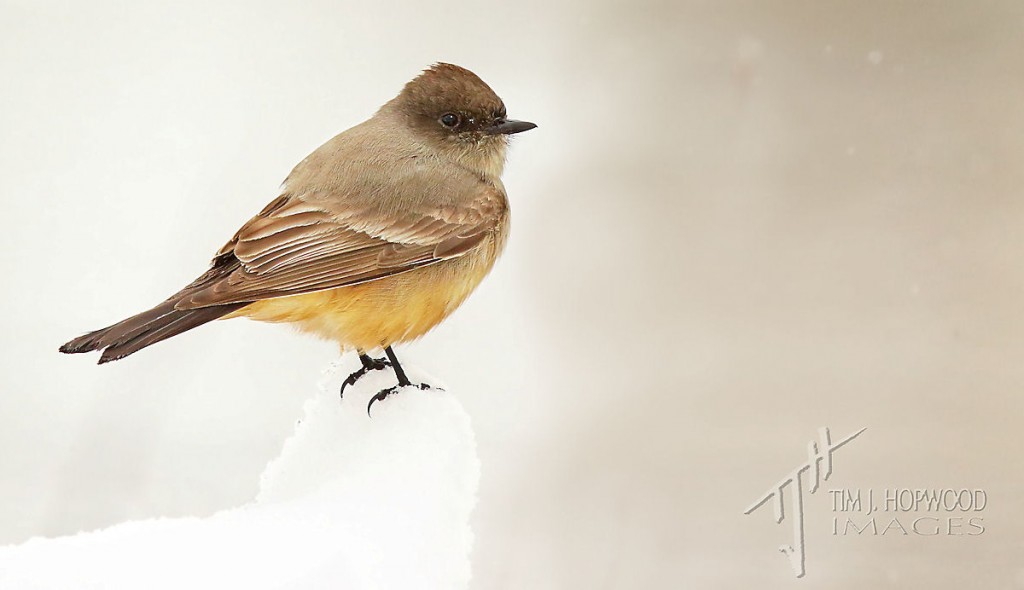
Along the Bow River there were also hundreds of swallows (Tree, Rough-winged, Violet-Green) flying up & down the river. They appeared to be drinking from the water occasionally, but I didn’t see any that seemed to be catching any insects or other prey.
Every now & then a bird would fly within shooting distance of the bank where I was, so not one to miss an opportunity I decided to practice some swallow flight shots. This was quite an effort with my 600mm lens and I had to take periodic rest breaks. My only tips here would be: take lots of shots, and aim for the birds flying upwind…they are going slightly slower & give you ever-so-slightly more time to acquire the subject, focus & fire!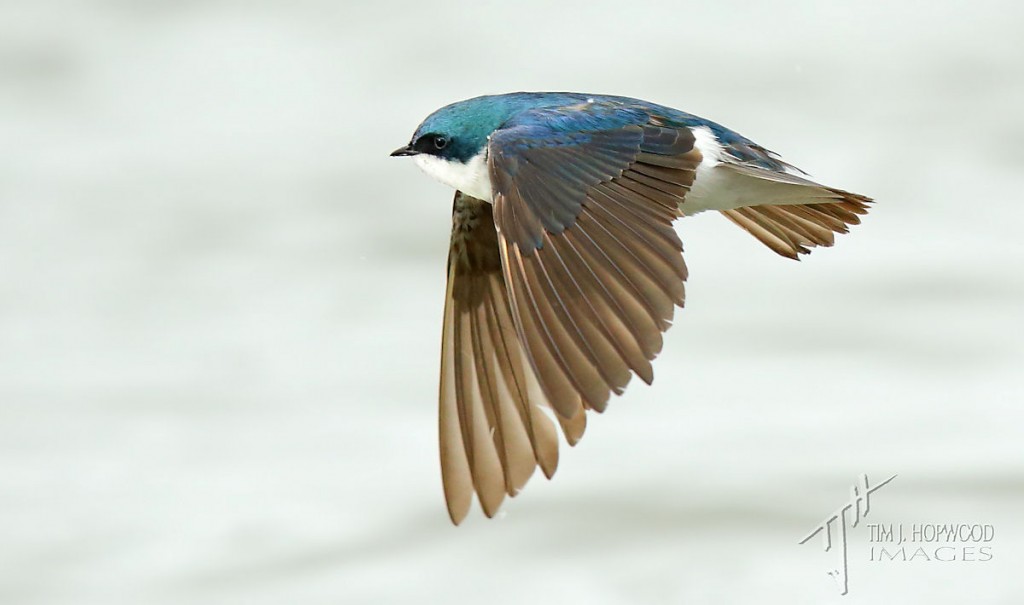
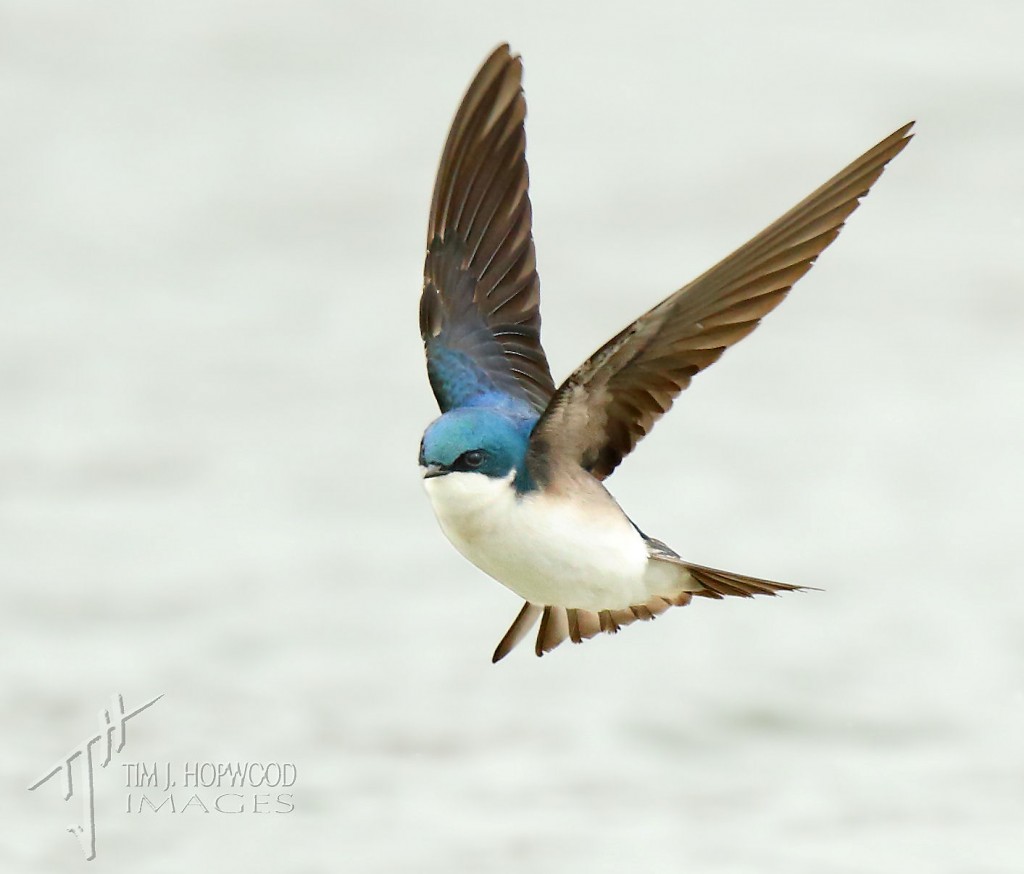
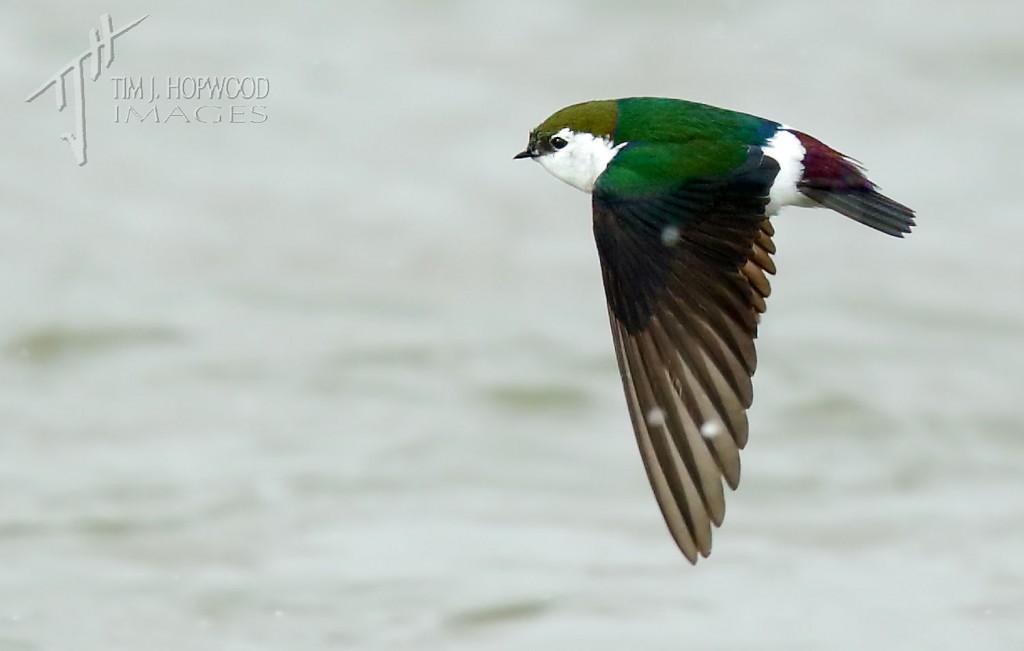
Violet-green Swallow (above)…those white smudge spots on the wing are falling snow flakes!
Thankfully the weather was good again this past weekend & I checked out a park just 10 minutes from my house & was very happy to get up close & personal with the swarms of Yellow-rumped Warblers that have been passing through. I find these birds generally work in flocks and when I saw a group working their way down the creek bank about 30 meters away, I positioned myself in the path I expected them to head, ensured the sun was at my back for best lighting, & waited. Sure enough, a minute or two later I was surrounded by YRWs and got pleasing nice shots as they foraged around me before moving on.
And to complete my morning, out of seemingly nowhere a small flock of Western Tanagers popped up into the shrubs just across me. I have really only seen these tanagers in their duller post-breeding plumage, so I was delighted to shoot these tropical beauties in their full breeding plumage best. I hope you find them as much a feast for the eyes as I do!
(All shots taken with Canon 1Dx DSLR with Canon 600mm f4L ISII lens, most often with a 1.4X teleconverter attached. For long-range duck shots I have just started (last 6 weeks) using the 2x teleconverter and have been so happy with the results that I now consider it a vital part of my gear).
You can check out my Flickr page here: https://www.flickr.com/photos/timjhopwood/
Or my website here (please check out the ‘Help wanted’ section): www.timjhopwood.com



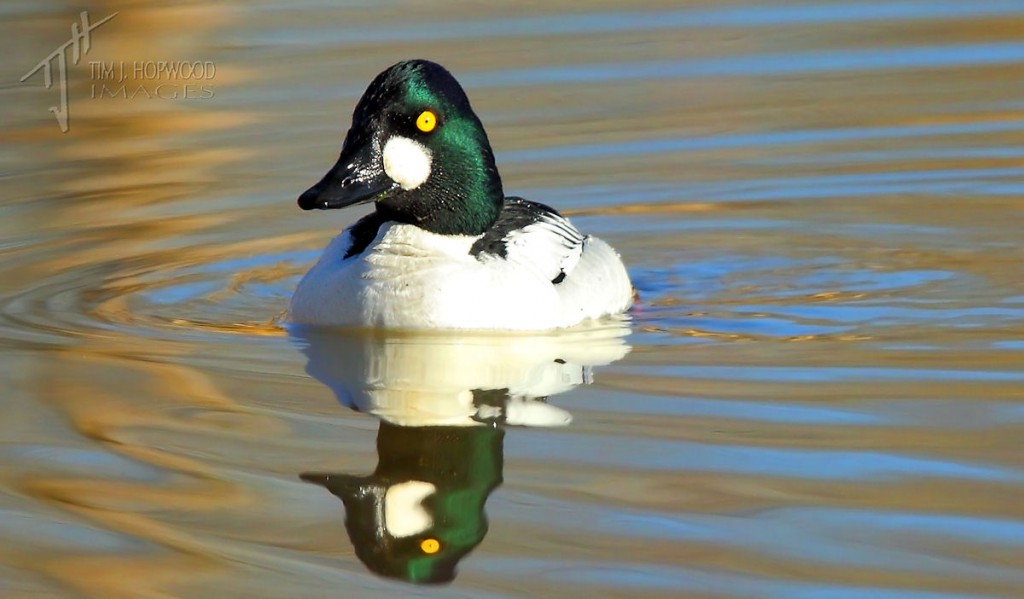
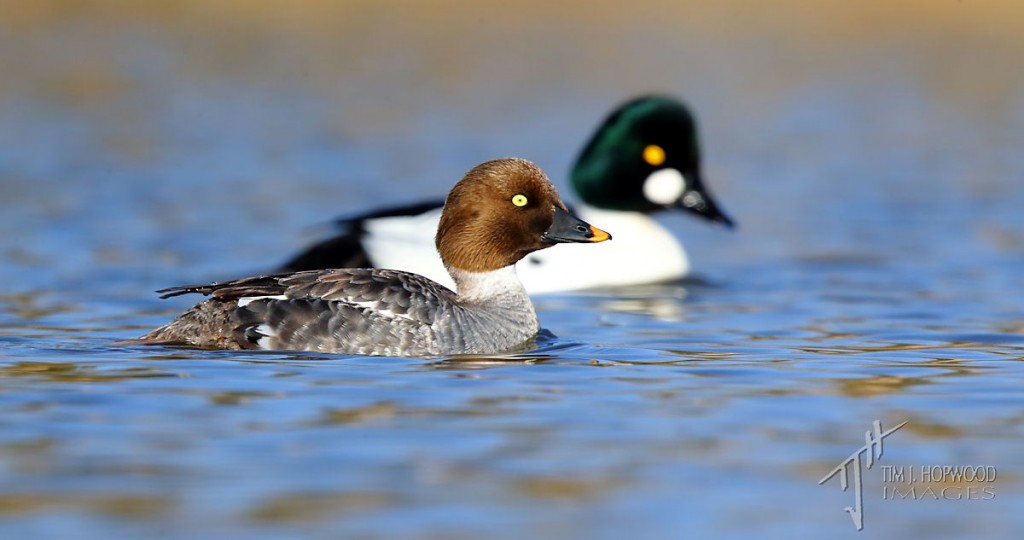
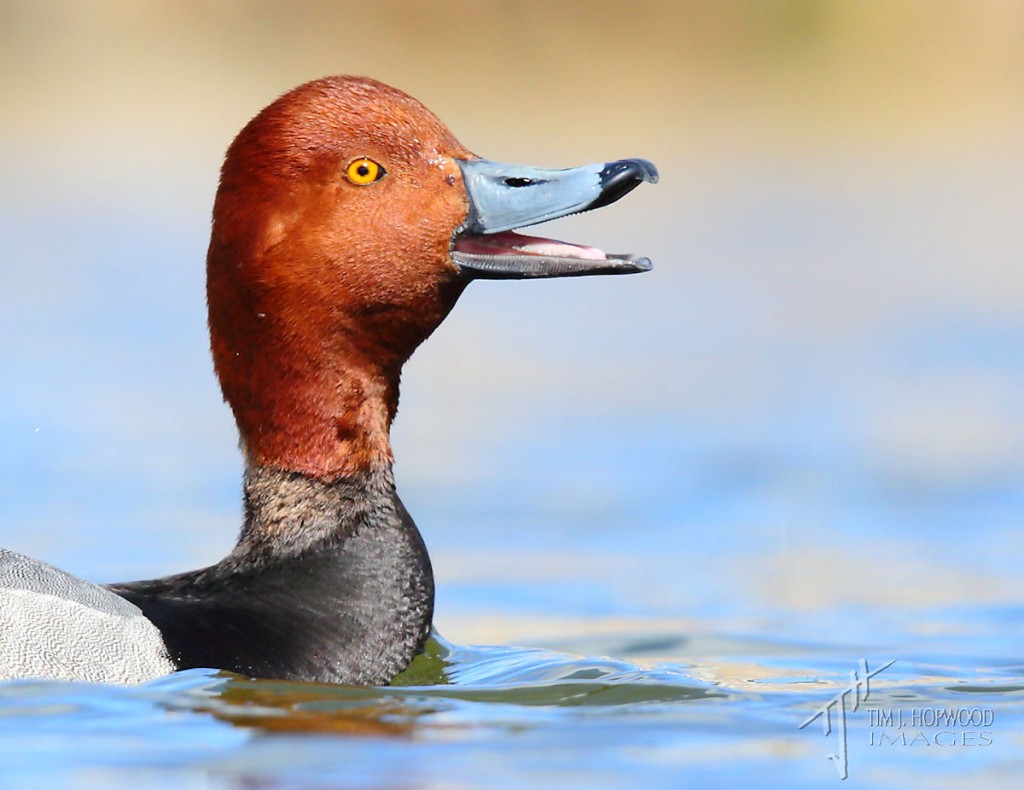
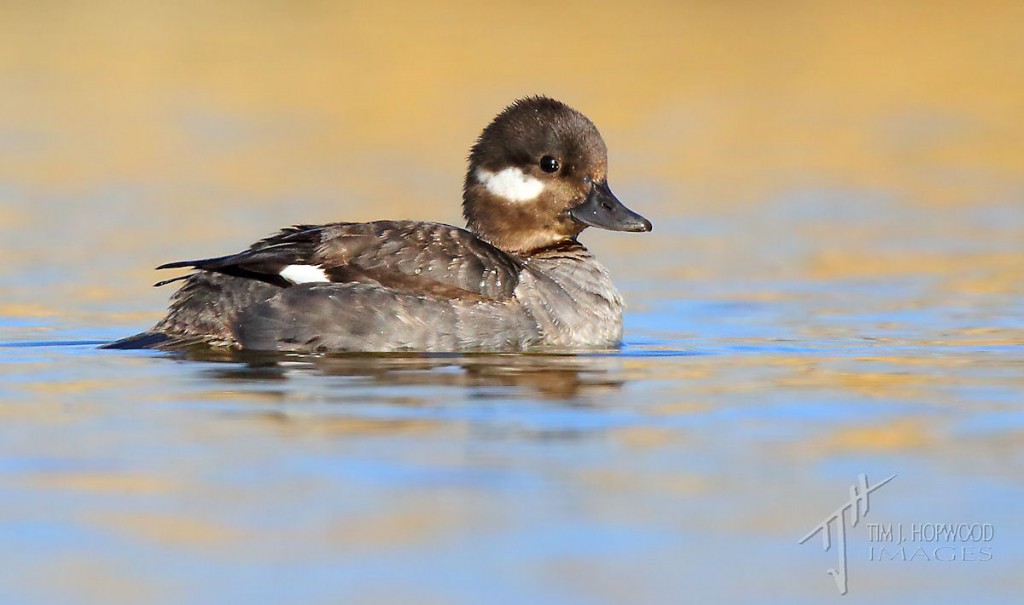
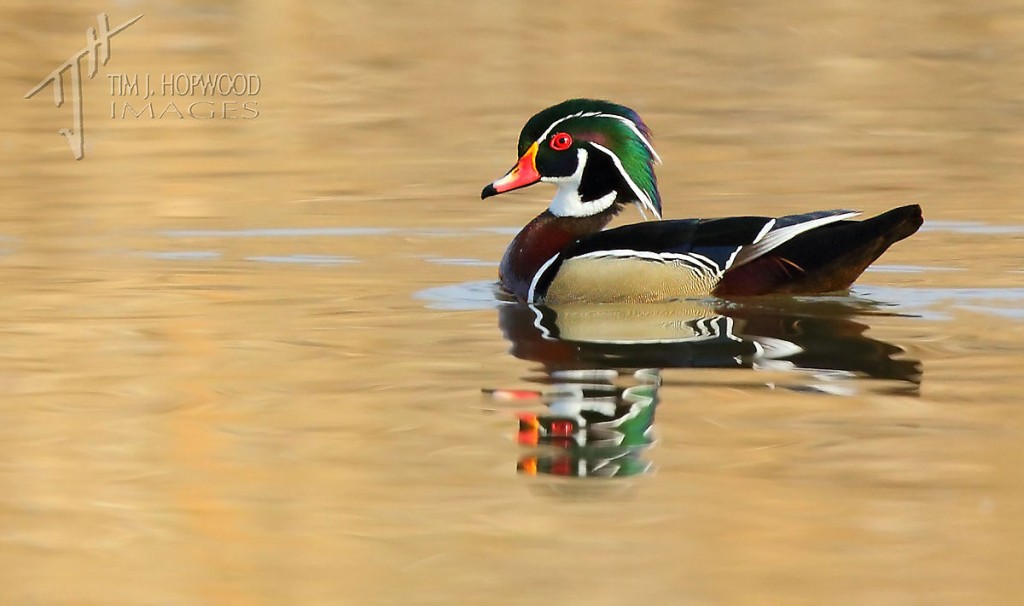
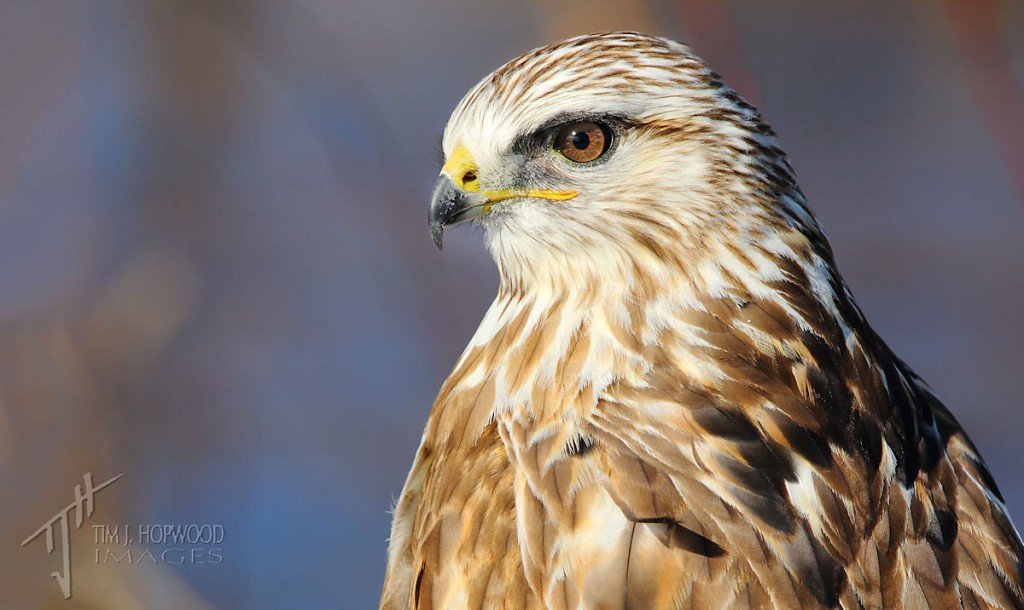
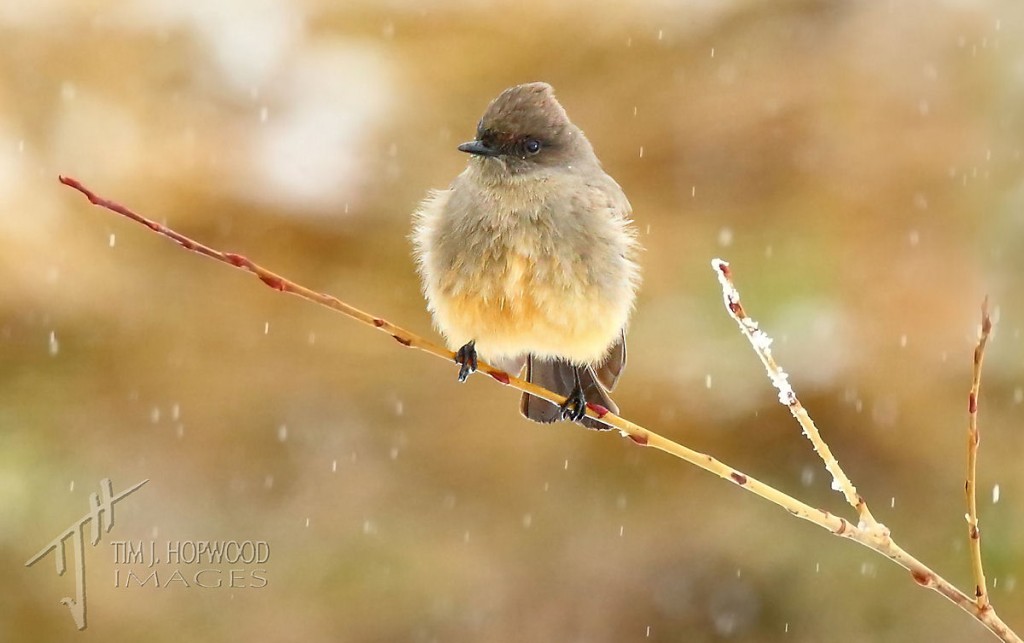
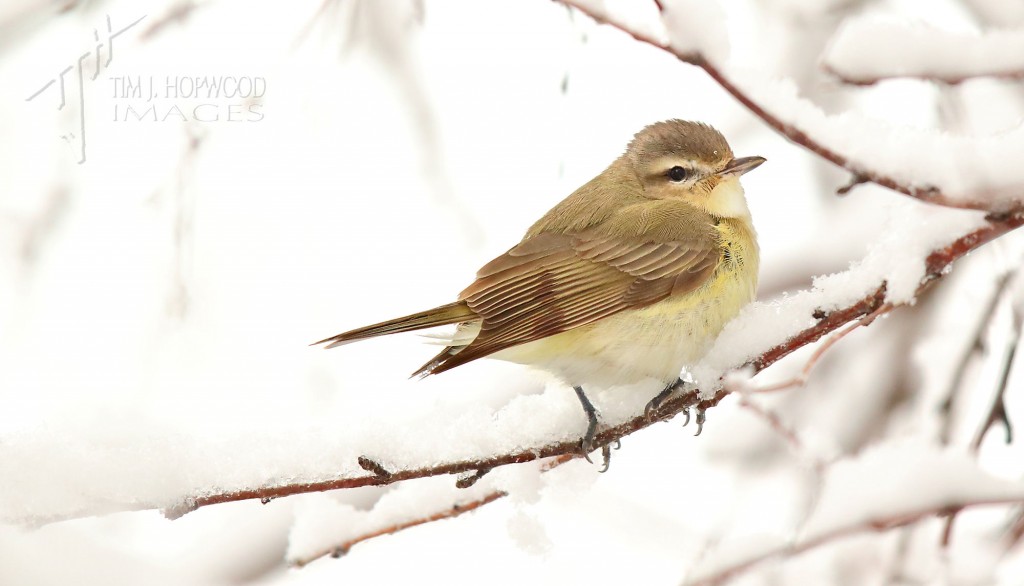
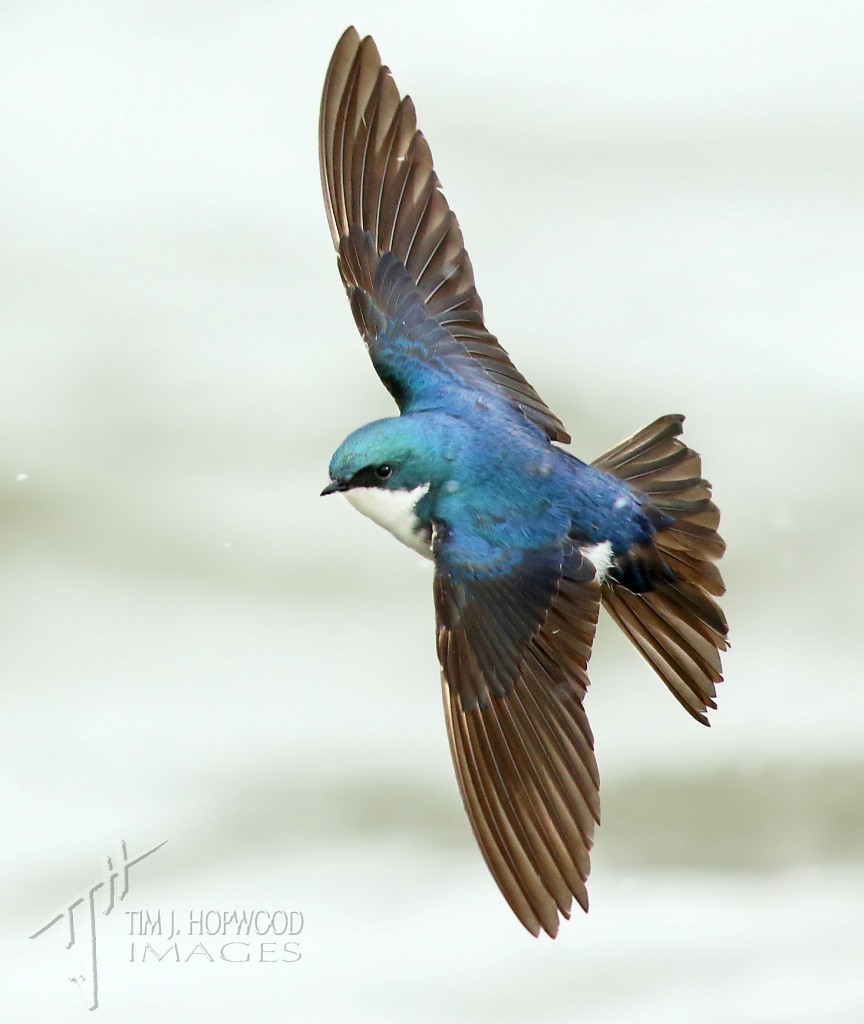
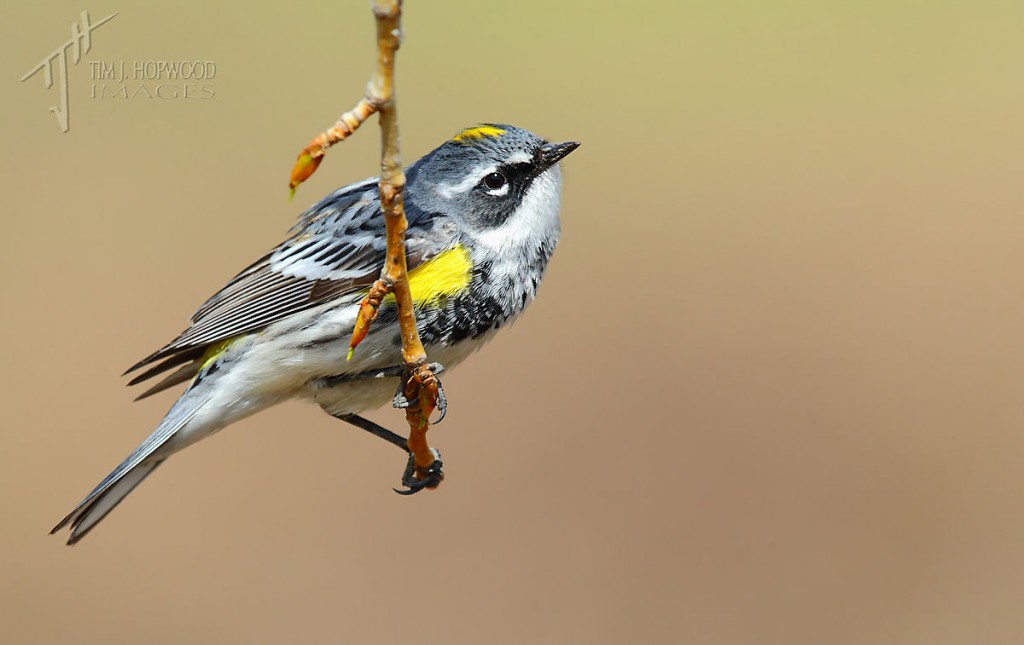
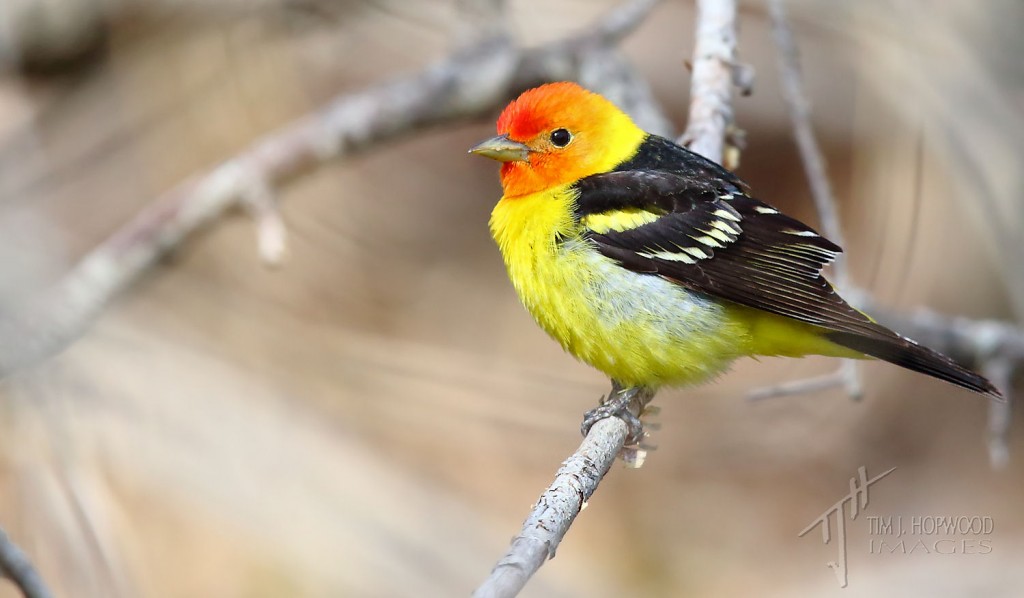
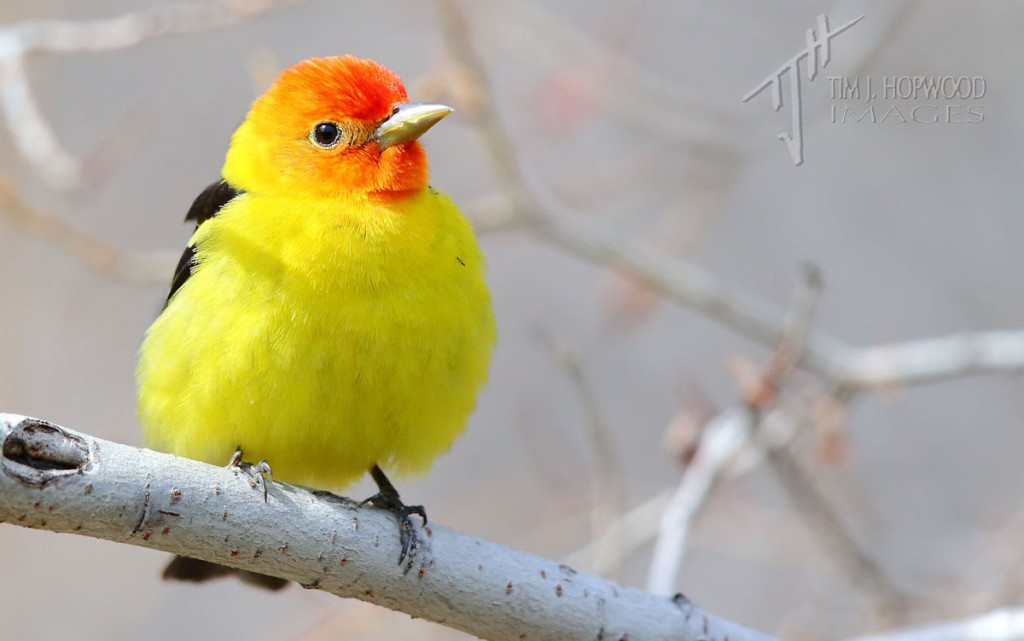
Thanks, Pierre !
Great post, stunning photos!!!
Thanks, Meg – glad you enjoyed them!
So beautiful!
Beautiful shots! Masterful